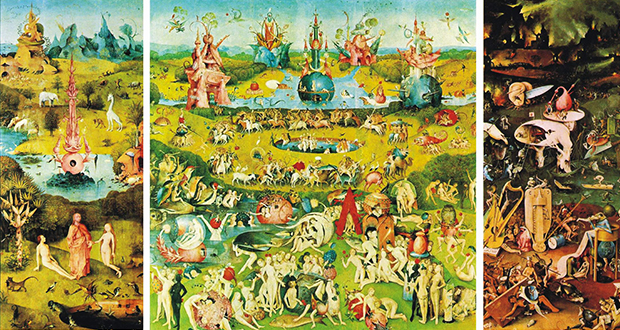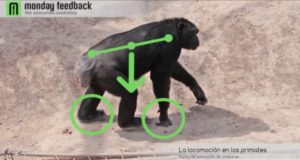To everyone who is passionate about animation, keeping an open mind and the eagerness to learn, is a must if they're to keep progressing as professionals. I've been asked many times for advice on what to do or what to study in order to keep growing as animators. I think there are a lot of options, like life drawing, photography, drama ... In general any artistic discipline can be a good compliment to avoid our stagnation. But more importantly, it's not about learning other artistic disciplines, but rather creating connections that link the new subject we're learning to the daily job that we do, no matter how uneven they may seem. I remember a talk I attended at a painting class about the colours from outside the palette. What are colours from outside the palette? It's the colours that are out of the painting's colour range and that will inevitably draw the viewer's attention. If we distribute them wisely across the painting we are able to create a visual path that serves as a guide and directs the viewer according to our interest. As an example, here you have "The Garden of Earthly Delights" by Hieronymus Bosch. The colour outside the palette is the red and the painter strategically distributed it across the painting to stick the attention of the viewer to the points of interest.
In painting we have colours outside the palette to draw the viewers attention and in animation what do we have? We have gestures! Gestures that can stand out from others for different reasons with the purpose of carrying the viewers eye where we intend to. In this sequence from 'Safety Last' (1923), Harold Lloyd uses these gestures that are "outside the palette" to manipulate the audience and stick their attention where it's necessary.
In the shot where Harold is alone with the girl in the office, she heads towards the table an due to displacement reasons she'd draw the viewer's attention. However, Harold's nervous gestures and mostly, those hesitant movements of anticipation before his walk, make the viewer dwell in him. They're gestures that stand out from the rest, they're "outside the palette" of the other gestures in the shot.
Further on, when he pushes the button accidentally, notice how he doesn't simply press it. He twists his hand while pushing the button creating a gesture that inevitably draws the viewer's attention, because it's necessary that the audience sees that he pushes the button in order to anticipate the appearance of the errand boy. It's clear that it is reinforced with a close up shot, but the truth is that even without a close up it would've worked as well.
Next, when he releases the button, he moves his hand nervously. They're wisely driven gestures that inevitably stand out from the others that capture the audience where it's necessary. In the end, he makes some authoritarian gestures, that draw the attention because they're totally out of the character's real character. One way or another, Harold Lloyd masterfully operates through his gestures the viewer's visual path to where it's necessary.
As you can see, extrapolating concepts from some subjects to others can be very interesting and rewarding . Colours outside the palette… Gestures “outside the palette”. There shouldn't be a closed box for each discipline. Don't build walls in your learning… Allow it all to connect!
 MAXI DIAZ Animation blog
MAXI DIAZ Animation blog





